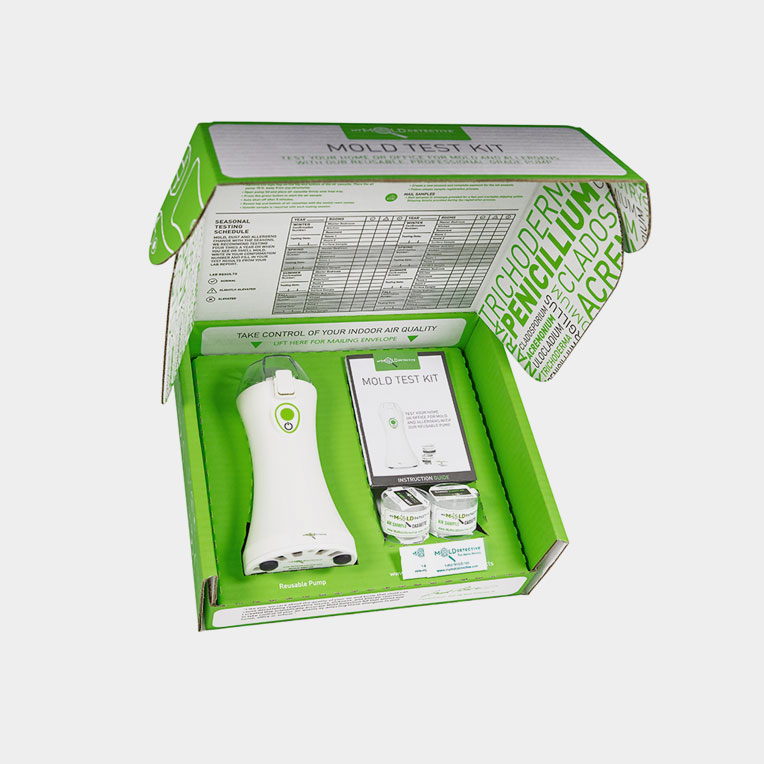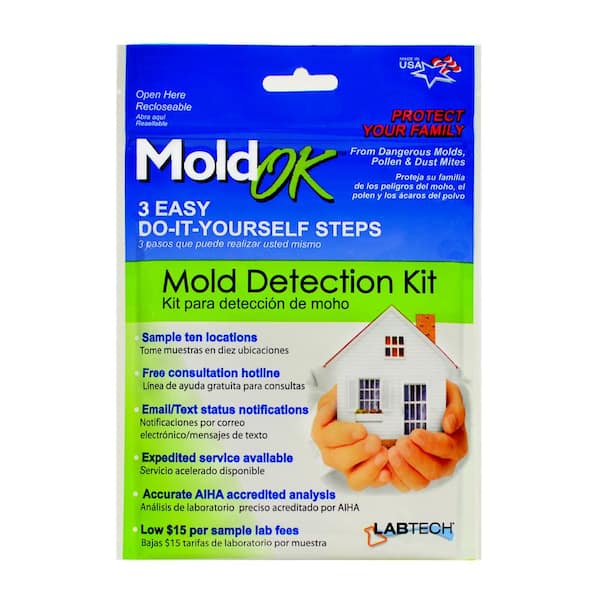Mycotoxin testing Services: Making sure High Quality and Safety And Security in Your Supply Chain
Mycotoxin testing Services: Making sure High Quality and Safety And Security in Your Supply Chain
Blog Article
Just How Mycotoxin Testing Helps Avoid Contamination and Secure Food Materials

Mycotoxin screening is a crucial practice in the food market, working as a frontline defense against contamination by hazardous toxic substances created by mold and mildews. Through the application of innovative strategies like High-Performance Liquid Chromatography (HPLC) and Fluid Chromatography-Mass Spectrometry (LC-MS), food manufacturers can precisely quantify and find mycotoxin degrees in farming products. This positive approach not just guarantees conformity with stringent safety guidelines yet likewise reduces health and wellness risks to customers. In addition, regular screening strengthens brand name track record and economic health and wellness by reducing contamination-related occurrences. So, how precisely do these testing protocols integrate into the wider food safety strategy?
Understanding Mycotoxins
Understanding mycotoxins begins with acknowledging that they are toxic second metabolites produced by certain mold and mildews, which can infect farming products. These metabolites are not important for the growth or recreation of the fungis however can have extreme implications for animal and human health and wellness. Mycotoxins are typically found in staple plants such as corn, wheat, barley, and nuts, where they can multiply under certain conditions of wetness and temperature.
There are numerous kinds of mycotoxins, each created by various fungal species. Aflatoxins, generated by Aspergillus types, are among the most notorious, known for their cancer causing residential or commercial properties. Another substantial team includes ochratoxins, produced by Aspergillus and Penicillium species, which have nephrotoxic results. Fusarium species generate trichothecenes and fumonisins, both of which are related to various severe and persistent health issues.

Dangers of Mycotoxin Contamination
The threats of mycotoxin contamination are complex, presenting considerable risks to both food safety and public health and wellness. Mycotoxins, toxic substances created by certain types of fungi, can contaminate a wide variety of agricultural products consisting of cereals, nuts, spices, dried fruits, and coffee.
Financial influences are an additional significant worry. Contaminated plants can lead to considerable financial losses for farmers and food producers as a result of decreased yields and the requirement for costly purification measures. Global profession can be dramatically prevented as nations apply rigorous mycotoxin laws to safeguard their populaces, leading to turned down deliveries and stretched profession relationships.
Environmental factors such as environment adjustment worsen the threat of mycotoxin contamination. Variants in temperature and humidity can produce favorable problems for fungal growth, raising the probability of contamination events. Therefore, understanding and minimizing these threats are vital for making sure the safety and honesty of international food materials.
Techniques of Mycotoxin Testing
Precisely recognizing mycotoxin contamination in farming items is important for safeguarding public wellness and maintaining food safety and security standards. Different approaches are used to spot and quantify mycotoxins, each offering details benefits and limitations.
High-Performance Fluid Chromatography (HPLC) is a widely made use of technique as a result of its high sensitivity and precision. It entails separating mycotoxins from other compounds in an example, allowing precise metrology. In A Similar Way, Fluid Chromatography-Mass Spectrometry (LC-MS) combines liquid chromatography with mass spectrometry to provide detailed molecular information, making it particularly useful for determining several mycotoxins all at once - Mycotoxin testing Services.

Gas Chromatography-Mass Spectrometry (GC-MS) and Thin-Layer Chromatography (TENDER LOVING CARE) are additionally employed, each with distinct applications. GC-MS is efficient for unstable mycotoxins, while TLC supplies a simpler, economical alternative for initial testing.
Advantages of Normal Evaluating
Regular screening for mycotoxins in farming products provides various advantages, significantly contributing to public health and wellness and food safety and security. By recognizing contamination early, routine testing aids prevent the distribution of hazardous foods, thereby lowering the risk of mycotoxin-related diseases among customers. This proactive strategy not only safeguards human wellness yet likewise Read Full Article boosts the overall top quality of food materials.
Various nations and regions have established rigorous limitations for mycotoxin levels in food and feed. Adhering to these limits through routine testing makes sure that providers and manufacturers meet lawful criteria, thus avoiding charges and profession obstacles.
In addition, regular mycotoxin screening can bring about significant financial benefits. Early detection of contamination allows for timely treatment, minimizing possible losses from widespread contamination. Applying normal testing protocols can also decrease recall expenses and relevant responsibilities, which can be financially ruining.
In addition, routine screening offers valuable data that can educate better farming practices and storage space problems. By comprehending patterns of contamination, producers can embrace safety nets, consequently reducing future threats and you can try here adding to the sustainability of the food supply chain.
Applying Examining Protocols
Applying effective mycotoxin testing procedures is important for ensuring the safety and top quality of agricultural items. Establishing a robust testing framework entails multiple essential actions, starting with the recognition of prospective contamination factors within the production and supply chain. This includes pre-harvest, post-harvest, storage space, and circulation stages. Each stage needs to be scrutinized to pinpoint where mycotoxin contamination is probably to happen.
Once essential control points are identified, selecting proper screening techniques is crucial. Usual strategies consist of enzyme-linked immunosorbent assay (ELISA), high-performance liquid chromatography (HPLC), and mass spectrometry (MS) Each technique has its weaknesses and strengths; thus, selecting the right one relies on the particular mycotoxin being evaluated, the required level of sensitivity, and available sources.

Finally, integrating the screening procedures right into a detailed food safety and security management system is a good idea. This improves traceability and enables quick restorative activities when contamination is identified, thus protecting the stability of the food supply chain.
Final Thought
Mycotoxin testing is necessary in preventing contamination and check my blog securing food materials by making it possible for very early discovery of dangerous contaminants produced by mold and mildews in agricultural items. Normal screening improves brand name online reputation, monetary stability, and depend on in food safety and security by minimizing contamination-related losses and maintaining high requirements in food manufacturing.
Mycotoxin screening is an indispensable technique in the food market, offering as a frontline defense against contamination by harmful contaminants produced by molds. An incorporated strategy entailing farming practices, storage management, and regular screening can reduce the risks associated with mycotoxin contamination, guaranteeing food security and public health and wellness.
The risks of mycotoxin contamination are complex, posing substantial risks to both food security and public wellness.Regular testing for mycotoxins in farming items provides numerous benefits, significantly contributing to public health and wellness and food safety and security.Mycotoxin screening is vital in protecting against contamination and guarding food supplies by enabling early detection of dangerous toxins produced by mold and mildews in farming items.
Report this page